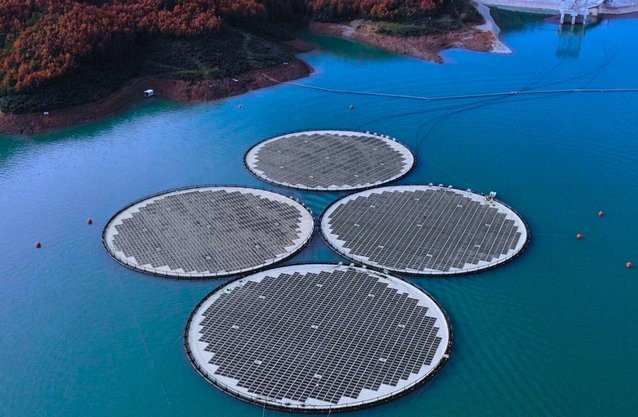A recent report from the Photovoltaic Power Systems Program (PVPS) of the International Energy Agency (IEA) says that long-term data about floating solar energy creates uncertainty and hinder acceptance.
Uncertainties about revenue modeling, degradation mechanisms and the development of cost-efficient operations and maintenance (O&M) must be tackled to scale up the floating solar energy, according to the latest report of IEA PVPS.
The “Floating photovoltaic power plants: an overview of energy yield, reliability and maintenance“Report, which is part of the task 13 initiative of the program, warns that the absence of regulatory frameworks and limited long-term data creates uncertainty for developers, regulators and investors and delays the acceptance of floating solar energy.
Technical standards are still being developed for technology, said IEA-PVPs, with best practice guidelines that are currently missing quantitative guidelines for yield modeling and reliability.
The report recommends that the current models for the assessment of the energy yield of floating PV systems, a key factor for determining the level of electricity and project profitability, are insufficient and not miss reliable data.
It emphasizes the need for meteorological data that is tailored to floating PV, and advises that the water -based environment influences variables, including radiation, wind and temperature. It also requires a further analysis of thermal, golf-induced and polluted losses that influence floating PV systems, and emphasizes that these parameters will influence the technology differently than traditional solar sun-mounted sun.
To meet these knowledge lacunes, IEA-PVPs said that improved empirical studies and data exchange “can refine modeling approaches and coordinate them with the distinctive characteristics of floating solar installations.” It also noted that improvements and automation in monitoring and O&M practices, combined with a more open parts of data, can lower the costs during the operation and support of floating solar-specific stressors, which ultimately leads to faster scalability.
Priorities for future research are emphasized as Improving predictive models, automating O&M and assessing environmental effects. “Tackling these gaps can lead to a more mature, sustainable floating solar industry, ready for wider implementation,” said IEA PVPS.
According to IEA PVPs, the cumulative floating solar capacity of the world reached 7.7 GW towards the end of 2023 towards the end of 2023. Almost 90% of the capacity is currently in Asia, with almost half of the total in China. Taiwan is currently the home of the The world’s largest Floating Zonne -Array, while the Netherlands and France are currently the largest markets outside of Asia.
In 2024, a British research team calculated the global floating solar potential for more 1,300 TWH. More recently, an international research team concluded that could organize around 10% of domestic reservoirs in the world 22 TW from floating PV.
This content is protected by copyright and may not be reused. If you want to work with us and reuse part of our content, please contact: editors@pv-magazine.com.

